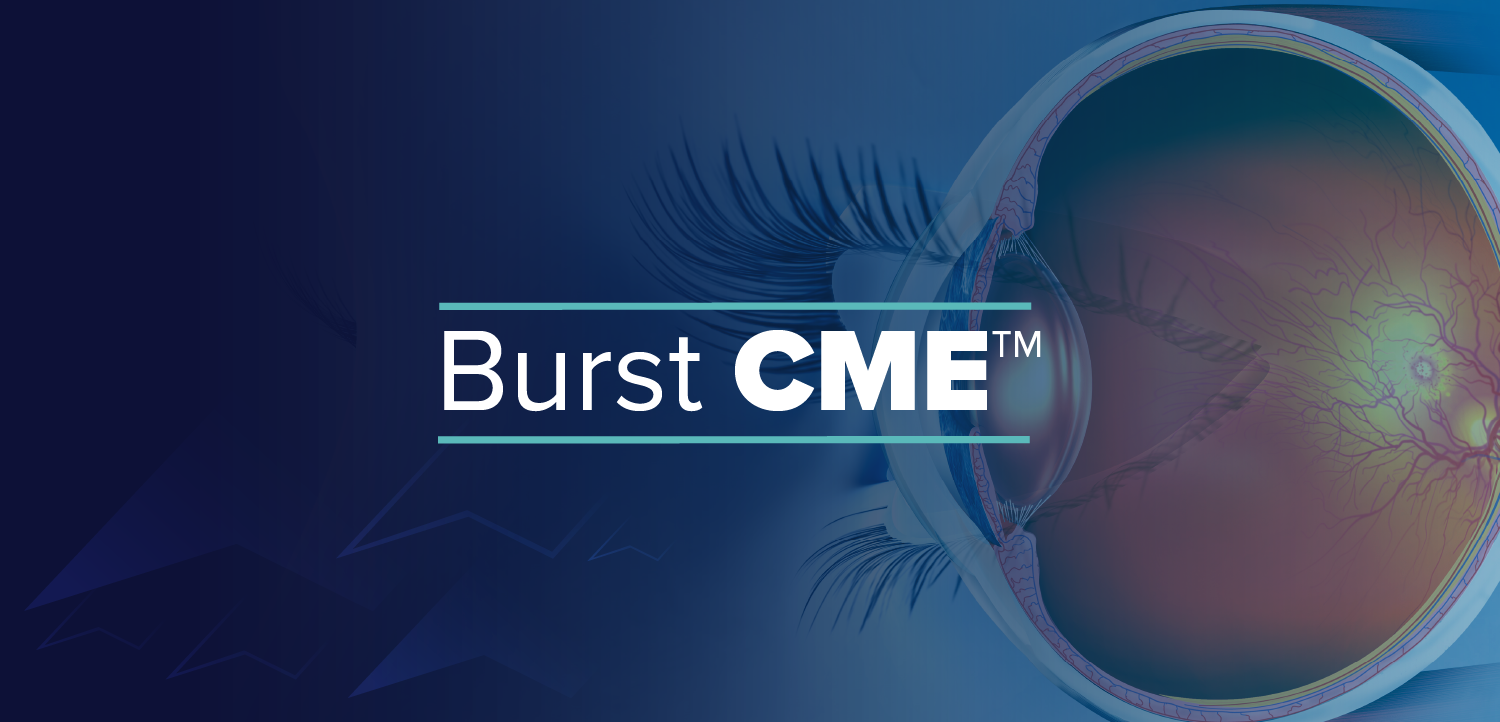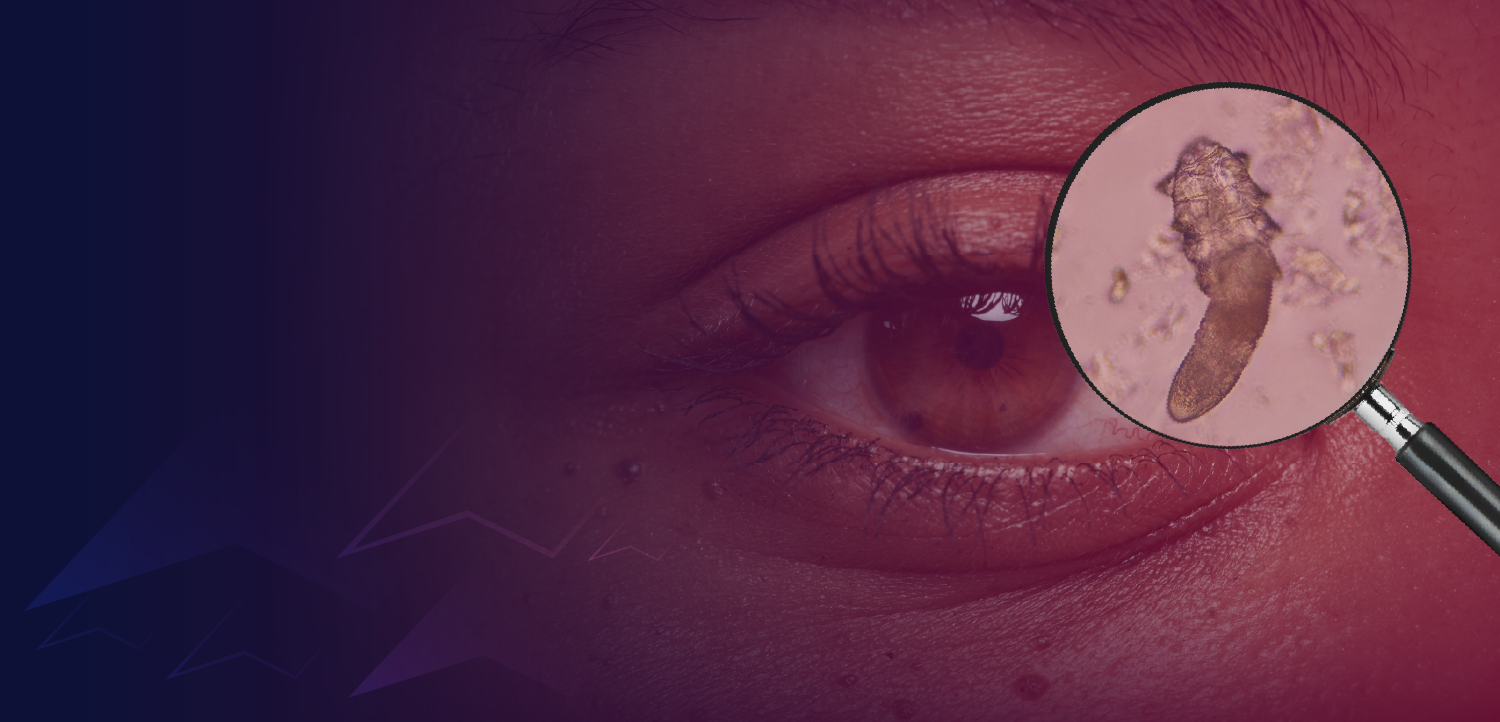
Alcon launches new generation ReSTOR
Alcon, Inc has launched the +3.0 Add Power AcrySof ReSTOR aspheric intraocular lens (IOL) with blue light filter. The lens completed CE mark approval in the third quarter of 2007 and will be available throughout the EU beginning next week.
Alcon has launched the +3.0 Add Power AcrySof ReSTOR aspheric intraocular lens (IOL) with natural chromophore. The lens completed CE mark approval in the third quarter of 2007 and will be available throughout the EU beginning next week; it is currently undergoing review by the FDA for marketing in the US, and it is hoped that approval will be gained by early 2009.
The original AcrySof ReSTOR aspheric platform, which is used to treat presbyopia in cataract patients, was introduced in 2007. The +3.0 Add Power IOL is a refinement of the +4.0 Add Power lens model, and offers a broader range of visual acuity improvement options to ophthalmologists and patients.
The +3.0 lens can be inserted through a 2.2 mm incision, and does not require any extra training on the part of the surgeon, as the lens is implanted in exactly the same manner as the +4.0 add lens as the geometry and design of the lenses is identical.
The lens has been associated with a similar incidence and degree of adverse events as the +4.0 add lens, and has a high rate of patient satisfaction: 96% of the 138 patients who were implanted with the +3.0 IOL during clinical trials said that they would, given the chance, have the same lens implanted again. On a scale of 0.0 to 4.0, patient satisfaction before cataract surgery was 0.5; following bilateral implantation with the +3.0 lens, this increased to 3.4. The rate of success is also high: at three months, 94.9% of patients had best corrected visual acuities (near, intermediate and distance combined) of ≥20/40.
"We're really excited to be hearing the feedback from the physicians that have been using ReSTOR," Steve Speares, Alcon's vice president of global cataract marketing, told Ophthalmology Times Europe. "The response to the +3.0 add lens has been very positive. Even surgeons who have been happy with the +4.0 add lens have been pleased with the +3.0 add. It's resonating very well. The reaction that we've seen here at ESCRS has reconfirmed to us that we're on the right path with this.
"We're going to continue to make the ophthalmology community understand that we're not afraid to go forward across the frontier into this new arena, which is rife with opportunity," he concluded.
Newsletter
Don’t miss out—get Ophthalmology Times updates on the latest clinical advancements and expert interviews, straight to your inbox.


















































.png)


